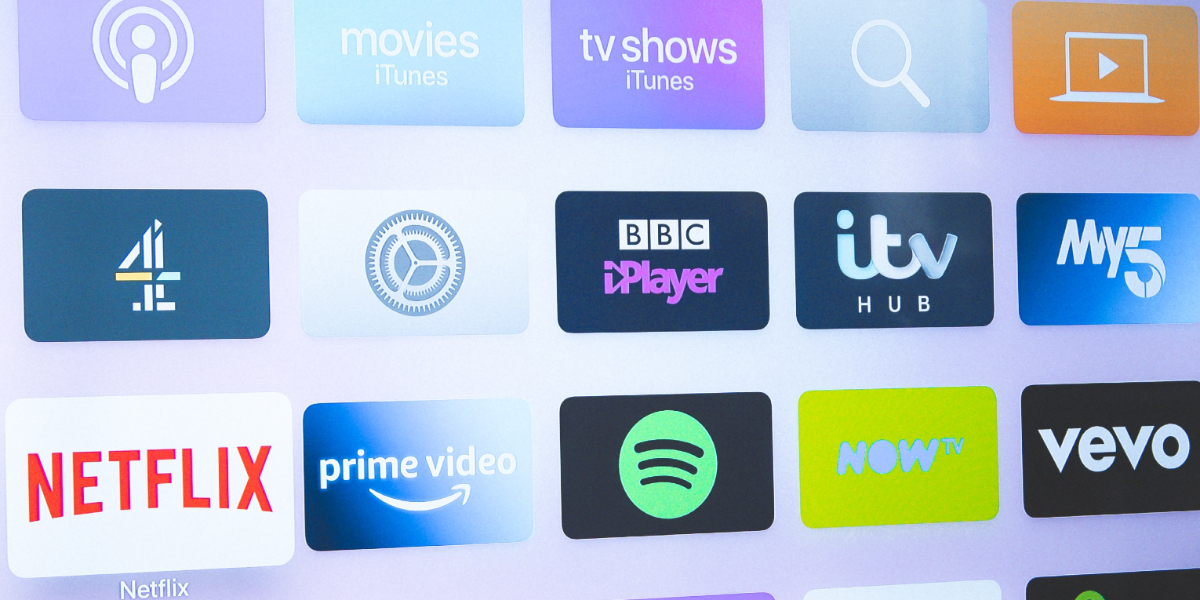Whilst cryptocurrencies continue to spark debate in the tech world between diehard advocates and chin-stroking sceptics who question the volatility, regulatory risks and the long-term value, few can argue that cryptocurrencies have been breaking into the mainstream, whether it’s through Tesla accepting Bitcoin as payment or investment banks like Citi suggesting that Bitcoin could become used for international trade. So it isn’t surprising that we’re also starting to see them being used in media and advertising.
Thus far, most of the industry focus has been on what blockchain can offer the media industry, particularly for things like supply chain transparency, but cryptocurrencies (which are blockchain-based, but are just one of many applications for blockchain technology) are starting to break through.
As both media and advertising become increasingly programmatic and international, some believe cryptocurrencies would be a natural fit for digital advertising. “We work in a digital space so it makes sense to work with digital money,” says Jon Walsh, SVP strategy Europe at EMX, a programmatic ad technology company.
The Attention Economy
Paying users for their attention is one potential use case for cryptocurrencies. One of the early pioneers of this approach has been Brave, a privacy-focused browser, who reward users with their own cryptocurrency – ‘Basic Attention Tokens’ (BAT) – if they agree to view ads. Users can then use BAT to “tip” their favourite websites and content creators, or transfer the BAT to their own wallet to cash it in.
Critics argue the model poses fundamental problems for publishers as they lose control of their advertising inventory and a portion of their potential revenue hinges on the goodwill of the user. These questions have yet to be adequately resolved and at this point, it seems unlikely that Brave have pioneered a model that could sustain the ad-funded Internet.
Another early adopter of cryptocurrencies is DLive, an American video live streaming service, which allows users to earn ‘lemons’, the company’s cryptocurrency, which it uses to reward both streamers and audiences.
Despite attracting one of the world’s biggest YouTubers – PewDiePie moved to the platform in 2019 (before returning to YouTube in 2020) – DLive has made a name for itself, but not always for the right reasons.
The company has become known for having a far-right user base who have benefitted from the platform’s lax approach to moderation. In February 2021, two US congress members, Reps. Raja Krishnamoorthi and Jackie Speier wrote to DLive, asking how the platform was moderating extremist content after it was used to broadcast the attack on the Capitol building in Washington. They also questioned whether far-right extremists could profit from both posting and engaging with extremist content.
But even if you were to solve the problems associated with funding publishers and reining in the bad actors, questions remain about whether advertisers are actually getting a good deal.
EMX’s Jon Walsh warns that rewarding users for viewing ads can call into question the authenticity of these interactions. “If people are being financially incentivized to view ads, then the advertiser isn’t getting an honest and true view and interaction,” he said.
“It’s like when you were a kid, and someone said, I’ll give you a pound to do it. It’s not something you would have done anyway. It’s not an authentic interaction. Incentivised ads have never worked long-term for advertisers,” he added.
Micropayments
Whilst online publishers have spent years trying to get to profitability using advertising and paywalls, there is one option that has been relatively unexplored: micropayments. Micropayments have typically provided the customer with access to a single article or video, or in some cases to open up access to a site or app for a day or so.
However, using traditional payments, micropayments can be cumbersome and costly when it comes to transaction fees. Users paying for a single article or video will not want the process to be a lengthy one. This is where advocates of cryptocurrencies think they can come in.
UK-based Bottlepay is a payment infrastructure company that enables users to pay Bitcoin to their favourite content creators on Twitter and Reddit. Pete Cheyne, founder of Bottlepay says that existing payment networks have not evolved with consumer behaviour.
“A lot of these incumbent payment networks have it too good for too long. They’ve been monopolies that haven’t had to move fast,” Cheyne said, “They certainly haven’t reacted to the change in consumer behaviour, which is the move to the consumption of goods and services and media on demand, which tends to be in much smaller bite-sized chunks.”
Pete Cheyne says that social media “tipping”, users being able to send Bitcoin to their favourite content creators is a natural fit for micropayments, but that Bottlepay are passionate about removing subscription contracts from digital media.
“You wouldn’t walk down the road and see an interesting article on a newsstand and buy that paper and then tell the guy, all right, I agree to come back the next 30 days and buy that paper,” It’s crazy to expect it in the digital world,” Cheyne argues, “So I feel like micropayments lend themselves so well to anything that can be instantly fulfilled, and digital goods and services are a classic fit for that. So that could be anything ranging from blogs, to news articles, to music. All of those are digitally native products that can be instantly fulfilled.”
But how is making a micropayment through a cryptocurrency any better than paying with existing fiat currencies?
Pete Cheyne says that the service charges for micropayments are “prohibitive”, meaning that creators barely break even when charging their fans with fiat money. With Bitcoin, service charges can be less than a penny.
Cheyne added, “When you agree to a subscription, you need to give up your name, your address, your credit card,” he says, “Imagine if you removed all of that. You didn’t even have to give up one piece of data, and you just scan the QR code, and a second later, the article is there.”




